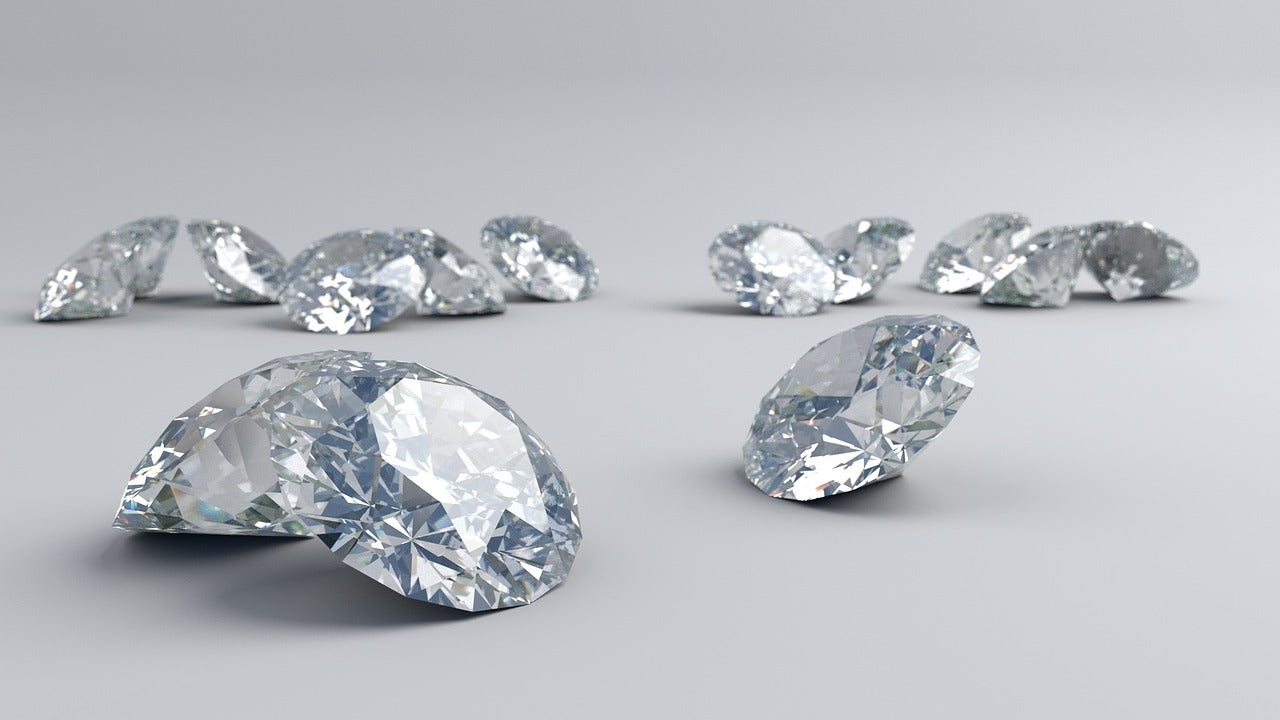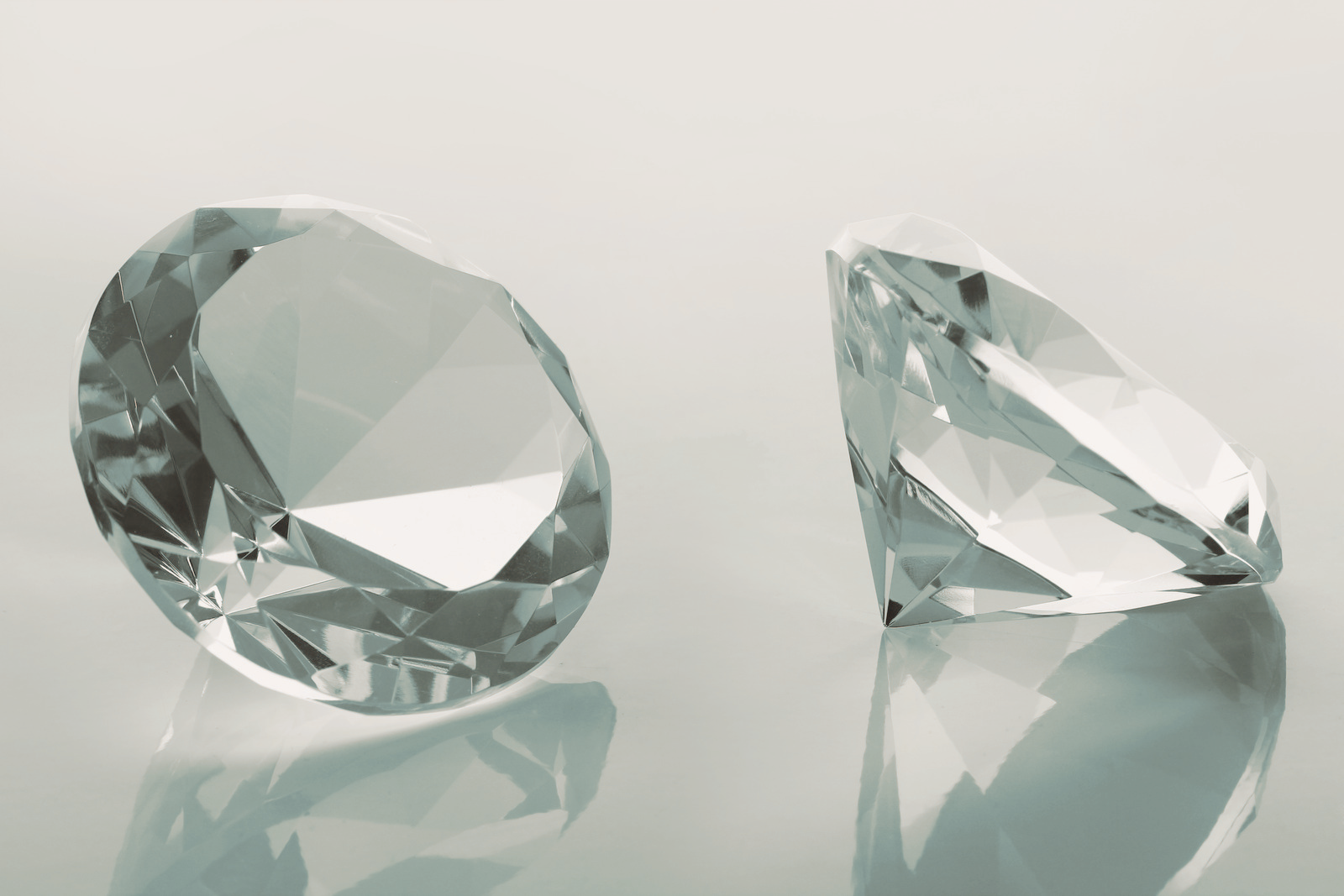Diamonds are indestructible. Because of this, it is a popular option for everything from necklaces and bracelets to wedding sets and engagement rings if you want something tangible to last a lifetime. However, it could be disappointing if you buy precious gems that don't live up to your expectations because they weren't what was advertised. Finding a genuine diamond is essential, and buying a certified diamond is the only way to be certain that you obtain one.

Diamonds vary depending on their weight, cut, color, and flawlessness. Each diamond is different. Standards are established to differentiate one from the others, such as the 4 C's (cut, color, clarity, and carat), fluorescence, symmetry and polish, girdle and culet size, and other grading criterias.
Why is Diamond Certification Important
It's essential to buy a certified diamond. However, why can't a diamond without a certification be a smart investment? Learn the specifics and add up the ways.
A diamond certificate acts as a formal report on a stone's specifications. A diamond's internal markings, inclusions, and other properties are used to identify it. Without a certificate, it would be difficult to verify whether the diamond is exactly what the seller says it is. The only method to verify that the gem you are purchasing is real is with a certificate.
Diamond Certification Bodies
Numerous organizations that certify diamonds support the gemstones market and work to ensure it is fair. Below are some of the most prevalent options for authenticating diamonds.
Gemological Institute of America (GIA)
![]()
Established by Robert M. Shipley in 1931, GIA opened its first US-based Gemology Course to restore the trust in jewelry trading by training certified jewelers. The "4Cs" and the International Diamond Grading System were developed by GIA in the 1940s and remain the gold standard for assessing diamond quality today.
The GIA certified pear-cut diamond below is a pre-owned genuine Van Cleef ring with D color and Internally Flawless clarity.
 VAN CLEEF PEAR BRILLIANT DIAMOND 3-STONE (GIA CERTIFIED)
VAN CLEEF PEAR BRILLIANT DIAMOND 3-STONE (GIA CERTIFIED)

International Gemological Institute (IGI)

Founded in 1975, IGI is the oldest laboratory in Antwerp today. Before the start of the millennia, IGI became fully equipped to identify any kind of synthetic diamond. From 2000 to the present, IGI developed an innovative system for the grading of small diamonds. It has 20 laboratory locations around the world grading finished jewelry, separating natural diamonds from lab-grown diamonds.
The 3.64-carat emerald-cut pink diamond on a bubble setting below is IGI-certified. It is a one-of-a-kind lab-grown diamond and has been assessed by IGI, noting all the marks, dimensions and features of the stone.

3.64CT.TW PINK DIAMOND BUBBLE RING (IGI CERTIFIED)

European Gemological Laboratories (EGL)

EGL originated from New York City and has been in service since 1977. In 1986, it reached the west coast and built an office in Los Angeles. Both labs assess diamonds and jewels only in North America.
Below is an example of an EGL Certified five stone diamond in 14k Yellow Gold 1 7/8ct TDW Five Stone Diamond Engagement Ring.
FIVE STONE DIAMOND PRINCESS (EGL CERTIFIED)

There are more organizations that offer top-notch diamond evaluation and certificates in addition to the three well-known names in diamond certifications mentioned above. Other diamond certification organizations are listed below for your consideration.
American Gem Society (AGS)
A small group of eminent jewelers established the American Gem Society (AGS) in 1934. Their objective was to establish a company that would aid in defending the buying public against deception and deceptive advertising.
Gemological Science International (GSI)
Founded in the twenty-first century, GSI is ideally suited to handle the industry's fast and constantly evolving issues. Covering four continents, the standards set by GSI are accurate and produce uniform gemological grading results throughout all international offices.
Hoge Raad voor Diamant (HRD)
Started in 1973, HRD Antwerp is a Belgian diamond certification entity and is tagged as the "Diamond High Council" and is linked with the history of the Antwerp World Diamond Centre (AWDC). It offers transparent and comprehensive reports on the key characteristics of diamonds and jewelry.
How to Read a Diamond Certificate
A diamond certificate contains in-depth details about a specific loose diamond. It may look overwhelming at first glance but with the right amount of knowledge about the key diamond features such as the 4Cs and other grading criterias, it will just be a walk in the park. Learn more about Diamond History & Gemology and The 4 C’s of Diamonds to get you started.
Here is a GIA report for the Van Cleef Pear Brilliant Diamond. GIA has a way to keep all information clean and straightforward with grading scales for the consumers to easily understand.

The report contains the following information in order:
- Diamond Grading Report which consists of the date when the diamond was graded, the GIA report number, shape and cutting style, and dimensions.
- Grading Results which includes the carat weight, color grade, and clarity grade.
- Additional Grading Information covering the polish, symmetry, fluorescence, inscriptions and comments (if any).
- Proportions relative to the girdle, table and pavilion sizes.
- Clarity Characteristics showing the special marks and inclusions (if any).
Every diamond certificate report can be verified from the entity that graded it, hence eliminating the risk of investing on a diamond that is not what the seller claims.
Although not all diamonds come with a certificate, the absence of a certificate does not necessarily indicate that the stone is fake. Certifications merely require that the diamond be formally assessed by professionals and aid in stone identification while being passed down from one person to another. Diamonds without certifications are just as genuine and have good qualities as diamonds with certifications. The difference is, certified diamonds cost way more compared to uncertified stones.


